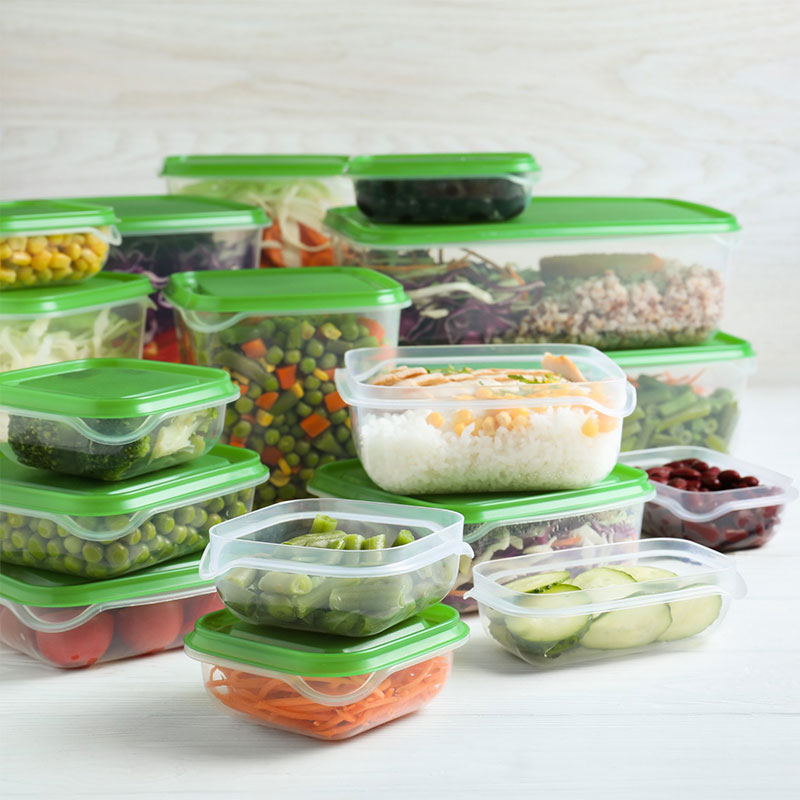July 24, 2024
What You Need to Know about “Fried Rice Syndrome”
 You may have recently come across some concerning articles or social media posts about “leftover rice syndrome,” also known as “fried rice syndrome,” caused by the bacterium Bacillus cereus. The symptoms of this illness are enough to scare anyone— nausea, vomiting, upset stomach, cramps, fever—and though they typically only last 24 hours, some cases can be more serious. If you love cooking large batches of rice for meal prep or rely on the convenience of leftovers, these stories might be enough to make you think twice about reheating that rice.
You may have recently come across some concerning articles or social media posts about “leftover rice syndrome,” also known as “fried rice syndrome,” caused by the bacterium Bacillus cereus. The symptoms of this illness are enough to scare anyone— nausea, vomiting, upset stomach, cramps, fever—and though they typically only last 24 hours, some cases can be more serious. If you love cooking large batches of rice for meal prep or rely on the convenience of leftovers, these stories might be enough to make you think twice about reheating that rice.But fear not! This post will clarify the facts so you can continue enjoying your favorite meals safely.
U.S.-grown rice is a safe, versatile, and nutritious staple, which is ideal for making large portions that can be used throughout the week. But (as with any perishable food) it’s important to handle leftover rice properly to prevent the risk of contamination.
Bacillus cereus is a naturally occurring bacterium found in soil, plants, and food—including rice and pasta. It’s usually harmless, but under the right conditions, it can produce spores that may cause foodborne illness. If cooked rice or pasta is left out at room temperature for more than two hours, it can create an environment where these spores thrive.
To avoid this, store your rice in the refrigerator at 40°F or below within two hours of cooking, and make sure it doesn’t stay in the fridge for more than four days. If you’re keeping rice warm for serving, ensure it stays at or above 135°F (a rice cooker set to the “warm” setting is a great way to keep rice at a safe temperature before serving).
Proper reheating of rice is just as important as storing it correctly. When reheating, ensure that the rice is steaming hot all the way through. You can reheat rice on the stovetop, in the microwave, or even in the oven, but be sure it reaches an internal temperature of 165°F. For added safety, stir the rice halfway through reheating to make sure it’s evenly heated. If you're using leftover rice for fried rice, the high heat of the pan will also help ensure it is properly reheated and safe to eat.
U.S.-grown rice is extremely safe and perfect for meal prep and leftovers. Just be sure to remember:
1) Don’t let it sit out for too long.
2) Store it properly.
3) Reheat it thoroughly.
4) Don’t keep it in the refrigerator for more than 4 days.
Perhaps the most important cooked rice safety tip applies to all the food you eat, at home or in restaurants: when in doubt, throw it out. If you have any reservations about the appearance or smell of leftover food, don’t take the risk, and make a fresh batch.
Generally, there’s no need to discard your leftovers from last night or change your meal-prepping habits if you’re worried about Bacillus cereus. Just follow these simple guidelines and precautions, and keep enjoying U.S.-grown rice.
